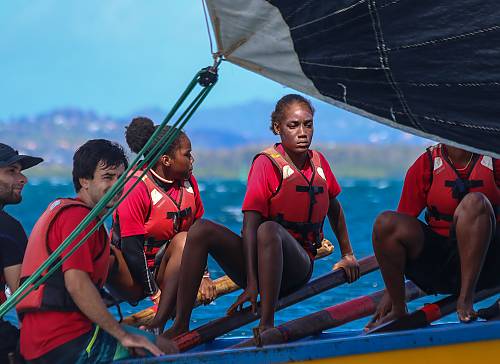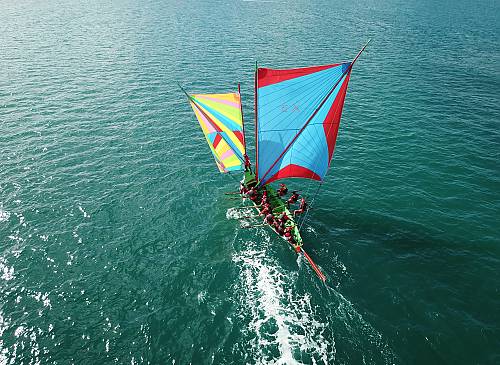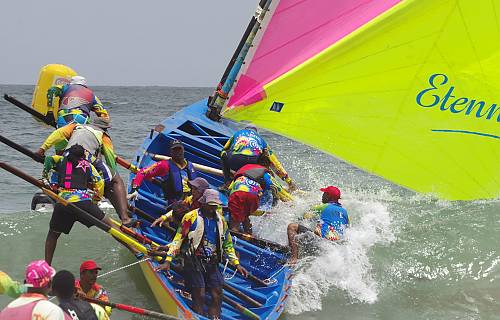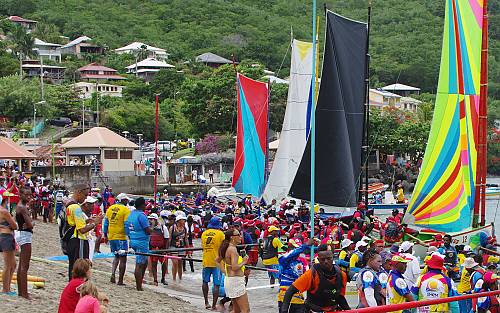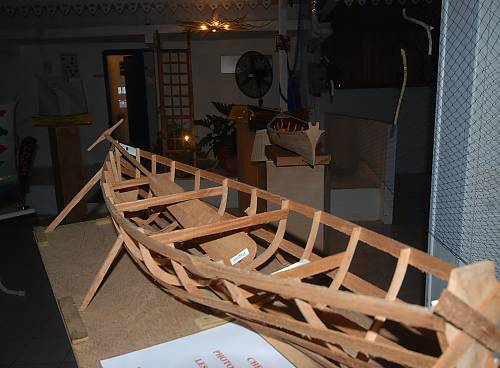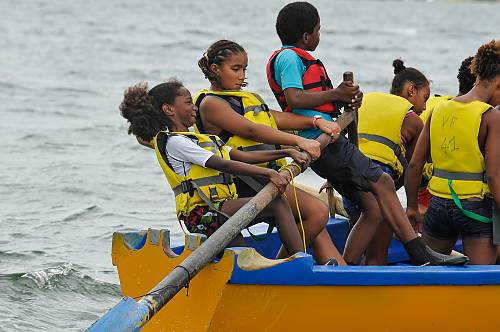The Martinique yole, from construction to sailing practices, a model for heritage safeguarding
Selected in 2020 on the Register of Good Safeguarding Practices
Created several centuries ago, the Martinique yole reflects the importance of traditional boats in the history of the region. A yole is a light, fast, shallow-draught boat with a tapered shape, which can sail with one or two sails. Crew members must perch off the hull on long movable poles to balance the boat, requiring great agility, physical engagement and perfect coordination. Yoles are built in different shapes depending on their uses and the geographical areas concerned; the Martinique yole used by fishers is ideal for the specific conditions along the island’s coasts. During the 1950s and 1960s, other types of boats made of composites and equipped with motors gradually supplanted the traditional yole. Faced with the threat of disappearance of these boats, which reflected the history and society of the island, a spontaneous movement to safeguard them developed. The safeguarding initiatives originated with races organized by the fishers themselves. Over the years, the safeguarding programme has gradually expanded, and is now supported by a broad range of longstanding associations and partnerships. This has resulted in a number of good practices. The main objectives of the safeguarding programme are to: preserve the know-how of local boat builders; transmit know-how on sailing; strengthen the ties between yole practitioners and the local community; and create a federation capable of organizing major events.


